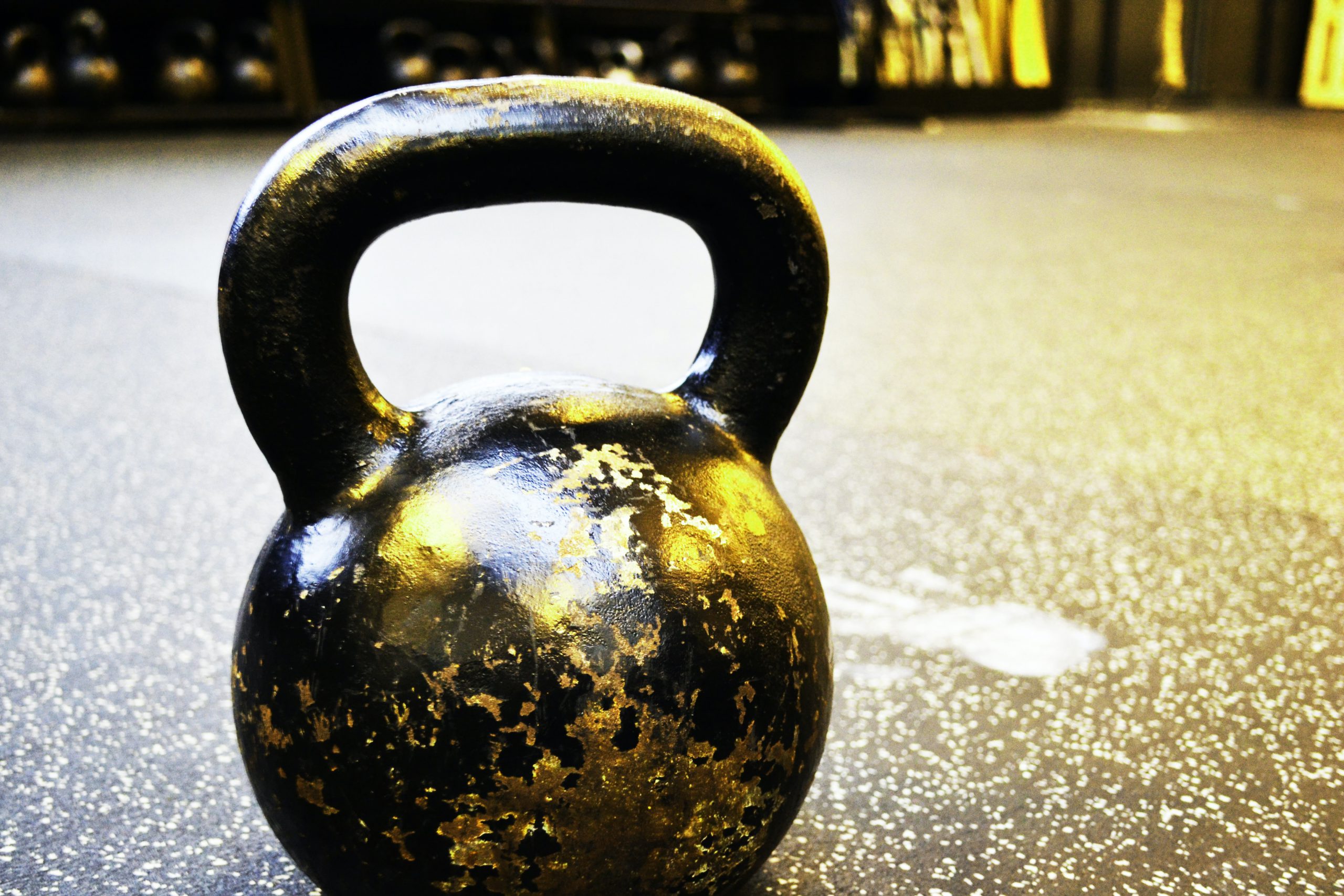Introduction
High-intensity interval training (HIIT) has been increasing in popularity since the early 2000s (although the method and variations thereof have been around since the early 1900s when runners and cyclists used similar methods to improve sports performance). The concept is really simple. Choose 1 or more movements and alternate between bouts of intense effort followed by sections of easy recovery. The classical Tabata workout is a good example of this. A movement is performed for 20 seconds followed by 10 seconds of rest. Then it repeates for 8 rounds for a total of 4 minutes of work.
A brief introduction to energy systems
Traditionally exercises are classified as being either aerobic (with oxygen) or anaerobic (without oxygen) in nature depending on the energy systems involved which fall into the following three categories:
- Anaerobic Alactic (ATP-CP) – High-intensity activities performed during short bursts (examples are shot-putters, weightlifters, sprinters, etc.) where the muscles stores Creatine Phosphate (CP) are the main source of energy. Activities are usually less than 10 seconds in duration and the power output required is high.
- Anaerobic lactic (Glycolytic) – High to medium intensity up-tempo activities that usually last from 10 seconds to approximately a maximum of 90 seconds. This system becomes very important to team sports where rapid positional changes in short bursts are a requirement (think of netball and hockey). There are individual sports that also make great use of this system (like tennis or gymnastics) and even solely rely on this system to determine performance (400 – 800m middle distance runners).
- Aerobic – Low-intensity long duration style events where the oxygen is the main source of energy fuelling performance. Activities can last from 2 minutes to a few hours like during marathon running events
Uniqueness and benefits of HIIT
High-intensity interval training is unique due to the fact that the intensities during a single workout tend to shift between the aerobic and anaerobic systems which exacts benefits from both systems in a compressed time frame. Some of the major benefits include:
- EPOC (excess post oxygen consumption) – The high intensities during the workout causes an increase in the amount of oxygen required to recover after the session, which in turn causes the resting metabolism to be increased even after the workout has been completed (the Tabata protocol discussed earlier has been shown to increase EPOC for up to 48 hours after a session has been completed).
- Increased endurance – By constantly working near the aerobic threshold (the region where the body’s energy systems start to skew towards the glycolytic system) the body’s ability to absorb and utilize oxygen is increased which in turn increases aerobic capacity and endurance as well.
- Body compositional changes – High-intensity interval training causes lactic acid to be produced during strenuous bouts of activity. This in turn leads to an increase in the production of growth hormone. This increased production of growth hormone could in turn help to build more lean muscle. Also, it can assist with the reduction of excess body fat.
- Shorter durations – The main reason most people tend to explore high-intensity interval training is the short workout times required to achieve significant results. HIIT workouts can range anywhere from 10 – 30 minutes. This allows busy individuals to schedule a workout even when they have busy schedules.
How to incorporate HIIT training
You can incorporate high-intensity interval training into your existing routine as an additional workout to increase endurance and work on your metabolic conditioning, or as a standalone routine that can fit into your busy schedule. Here are a few workout ideas to get to start with:
- Choose a full-body movement (like a burpee or a dumbbell thruster) and perform 3 – 4 Tabatas resting for 2 minutes between rounds.
- Choose two movements that target different muscle groups or energy systems (chin-ups and dips or deadlifts and box jumps) and complete 5 rounds alternating between the two movements as fast as possible.
- Set a timer for 20 minutes, choose 3 different movements, and perform as many rounds as possible of those three movements in the 20-minute time cap.
Example sessions
Burpee – Jump Rope Tabata:
- For the first Tabata perform burpees in 20 seconds on; 10 seconds off fashion for a total of 8 rounds.
- Rest for 1 – 2 minutes
- For the second Tabata perform jump rope single unders in 20 seconds on; 10 seconds off fashion for a total of 8 rounds.
- Rest 1 – 2 minutes and repeat steps 1 – 3 for 2 to 3 times.
Kettlebell and row
- Perform 10 kettlebell deadlifts with moderately heavy kettlebells
- Row 500m at a challenging pace
- Complete 5 rounds of the couplet as fast as possible
Dumbbell AMRAP
- Set a timer for 20 min
- Perform 10 reps of dumbbell thrusters
- Perform 15 reps of box jumps
- Run 200m
- Complete as many rounds as possible in the 20-minute time cap.
Conclusion
High-intensity interval training is a great tool. You can incorporate it as an addition to an existing training program or on its own as a standalone program. It can lead to achieving great results in a shorter time period than other traditional training methodologies.




